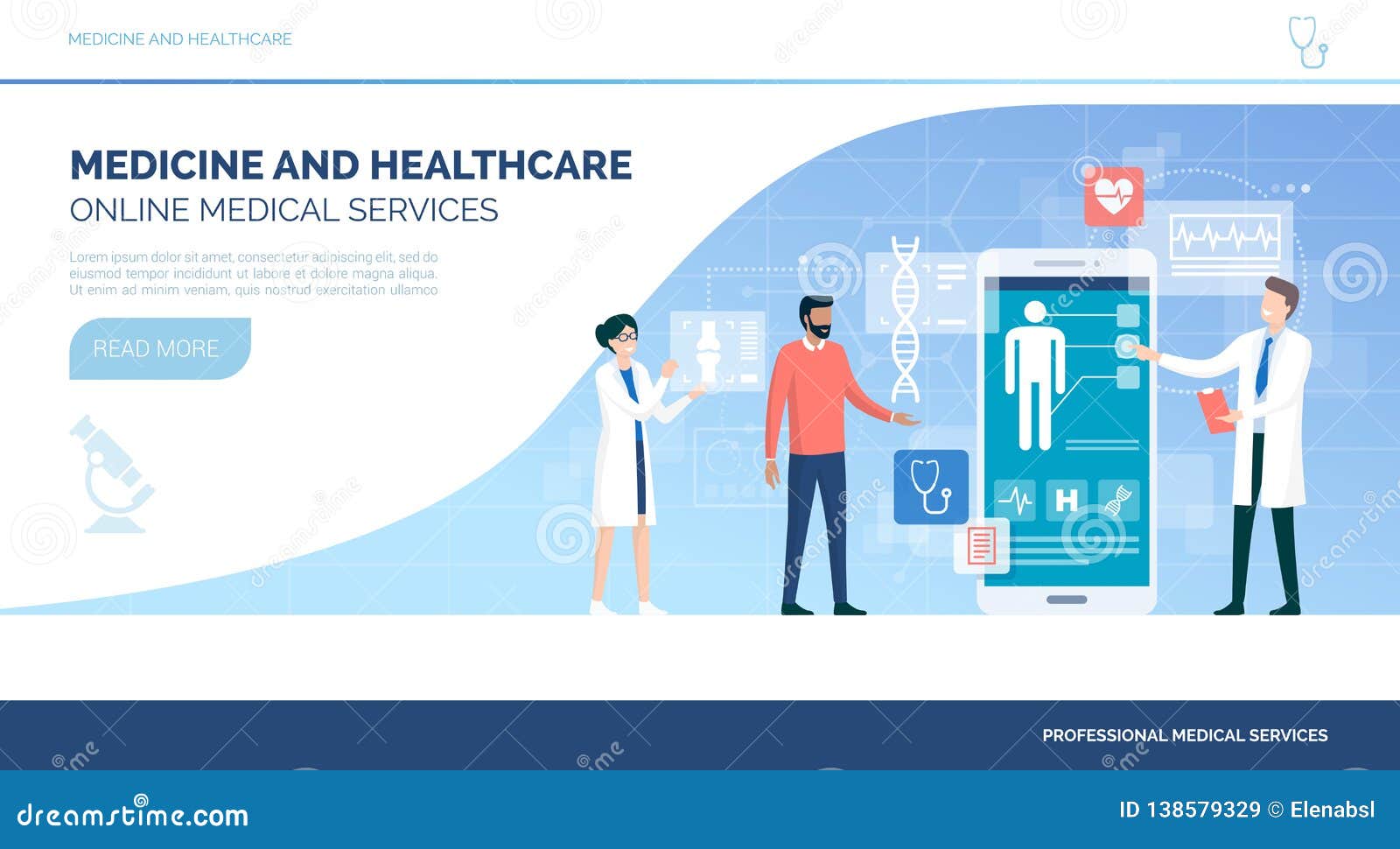A Comprehensive Guide to Subscription Based Healthcare: What You Required to Know
A Comprehensive Guide to Subscription Based Healthcare: What You Required to Know
Blog Article
The Surge of Subscription-Based Health Care and Its Effect on Patient Treatment
As medical care evolves, the subscription-based version is getting grip, guaranteeing to transform patient treatment by supplying predictability and availability. These versions, which bypass traditional insurance, can redefine the patient-doctor dynamic, highlighting preventative and customized care. Yet, just like any kind of development, they present difficulties, especially worrying fair accessibility for all socioeconomic groups. The potential for these designs to improve health care shipment increases pushing inquiries regarding their long-lasting sustainability and inclusivity. Are these registration solutions the future of health care, or do they risk leaving susceptible populations behind? The intricacies of this change warrant a closer examination.
Understanding Subscription Health Care Versions
Realizing the idea of subscription healthcare models entails examining a transformative method to medical services that emphasizes price and access. These designs, typically described as direct health care (DPC) or attendant medication, have actually arised as ingenious alternatives to conventional fee-for-service medical care systems. Membership medical care permits individuals to pay a fixed monthly or annual cost for a specified set of medical solutions, which might consist of unrestricted office gos to, routine check-ups, and basic laboratory tests, without the requirement for typical insurance policy billing.
The framework of subscription healthcare designs is created to enhance client care by removing third-party payers and complicated payment codes, thereby reducing management burdens. Medical care providers can focus extra on person treatment, promoting more powerful patient-provider relationships. This model also promotes preventative treatment by motivating normal brows through, as the monetary obstacle of per-visit charges is gotten rid of.
The membership design commonly encourages medical care service providers to handle smaller sized person panels, allowing for more personalized care. It straightens monetary incentives with patient wellness end results, as providers are encouraged to keep client fulfillment and health. On the whole, recognizing registration healthcare models needs acknowledging their prospective to improve exactly how care is supplied and accessed.
Benefits for Clients and Companies

With a steady profits stream, healthcare experts can dedicate even more time to each individual, leading to an extra personalized and complete treatment experience. The focus on preventative care within subscription strategies can lead to far better client outcomes and reduced lasting medical care expenses.
Concerns and challenges
While subscription-based healthcare versions present countless benefits, they also come with a set of difficulties and concerns that need to be dealt with. Accessibility remains a significant issue, as these versions often target people who can manage monthly charges, possibly omitting low-income populations. This elevates ethical concerns regarding fair accessibility to health care services. Furthermore, the diverse nature of registration strategies can cause complication among clients pertaining to insurance coverage specifics, potentially leading to unmet assumptions or inadequate care.
Financial sustainability of subscription-based versions is another worry. Companies must balance the set earnings from memberships with the variable expenses of healthcare solutions, which may rise and fall because of unanticipated medical requirements. This can develop stress to restrict services or rise fees, potentially affecting patient contentment and care top quality.
Moreover, regulative oversight of subscription-based healthcare designs is still progressing. The lack of standard frameworks can bring about inconsistent solution quality and liability, making complex initiatives to make certain client protection. Lastly, the integration of technology-- usually a cornerstone of these versions-- raises concerns regarding data personal privacy and protection, as sensitive patient information can be at risk to violations. Addressing these difficulties is essential for the equitable and successful application of subscription-based healthcare.
Influence On Patient-Doctor Relationships
One significant effect of subscription-based health care designs on patient-doctor partnerships is the possibility for boosted connection and customized care. By embracing a membership design, doctors can take care of a smaller sized patient panel, enabling even more specialized time with each person. This boosted availability cultivates a deeper understanding of a client's case history, lifestyle, and preferences, enabling more tailored therapy strategies and interventions.

Nevertheless, it is necessary to identify that while subscription-based models might profit those that can afford them, they might unintentionally widen medical care differences. Patients that are unable to take part in these versions may experience reduced accessibility to customized care, possibly influencing their partnerships with healthcare carriers. Therefore, while the registration version supplies promising advantages for patient-doctor relationships, it also postures difficulties that require to be addressed to ensure equitable medical care accessibility.
Future of Health Care Access

The function of modern technology can not be neglected in this improvement. Telemedicine systems and digital wellness documents facilitate smooth interaction between individuals and health care providers, damaging down logistical and geographical obstacles. In addition, innovations in synthetic knowledge and information analytics can even more customize healthcare by forecasting patient needs and enhancing treatment plans.
However, the future of health care gain access to likewise presents challenges, such as making sure equity across different socio-economic teams. Policymakers and doctor have to team up her comment is here to connect the electronic divide, ensuring that subscription-based designs continue to be cost effective and inclusive. As these systems grow, they hold the assurance of making medical care much more available, efficient, and patient-centric.
Verdict
Subscription-based health care versions are improving patient treatment by giving a steady price structure and boosting access. These designs reinforce patient-provider relationships through individualized treatment and regular visits, highlighting preventative wellness. Despite these advantages, obstacles such as ease of access issues for low-income populaces and the need for equitable health care services linger. The increase of subscription-based medical care urges proactive person engagement, which has the prospective to boost patient outcomes and contentment, signifying a transformative shift in health care distribution.
As healthcare evolves, the subscription-based model is acquiring traction, promising to revolutionize person treatment by supplying predictability and access.Subscription-based medical care designs use unique advantages for both service providers and patients, boosting the overall healthcare experience.As medical care systems evolve, the future of healthcare gain access to frequently hinges on the combination of ingenious models and technologies.Subscription-based health care designs are improving person treatment by providing a stable price structure and improving accessibility. The rise of subscription-based medical care motivates proactive patient involvement, which has the prospective to improve patient end results and fulfillment, indicating a transformative shift in medical care distribution.
Report this page